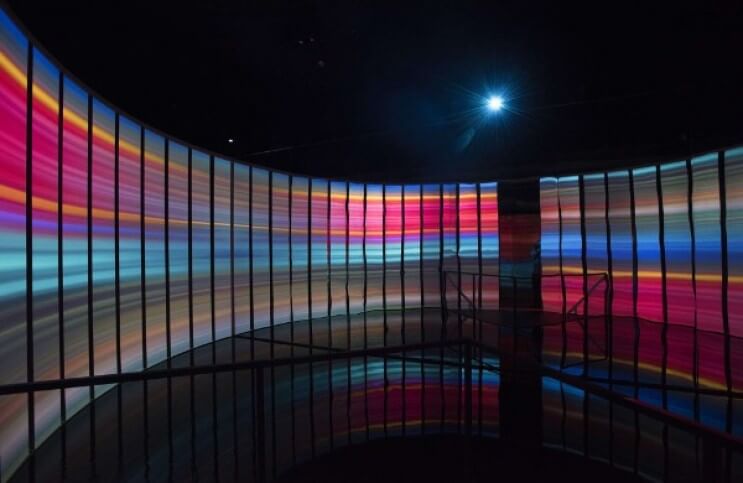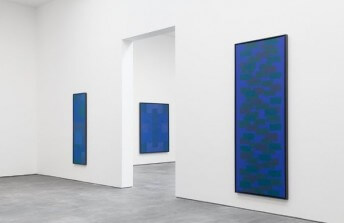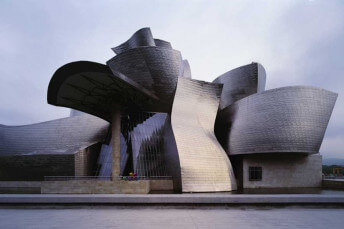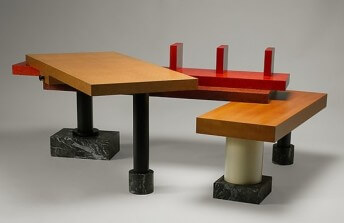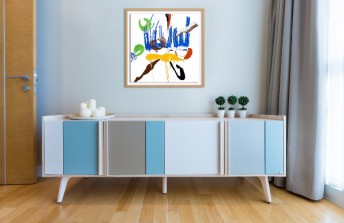Why Es Devlin Was the Star of the 2017 Art Basel Miami
Dec 22, 2017
I confess: I recoil when people in the entertainment industry call themselves artists. I think entertainment and art are fundamentally different—though I admit I cannot say exactly how. That is why prior to her installation at Art Basel Miami 2017, I would not have called Es Devlin an artist. Devlin is at the top of her career as a stage designer. She has designed sets all over the world for everything from pop concerts to operas, and has proven herself a master of that medium. But in my pettiness, I separate such accomplishments from the act of creating a work of art. The reason has nothing to do with creativity—art and entertainment both require that. And it has nothing to do with money or collaborators. Entertainers and artists both often have access to enormous budgets and small armies of assistants. The only reason I would not have previously called Devlin an artist is because her work is normally done in the service of the ideas of others. To bring a play or a concert to life is imaginative work, but the overarching concept originates with someone else—and that person is the artist. But that same reasoning is also why I am now happy to call Devlin an artist. Her Art Basel Miami installation, titled Room 2022 was created in service to nothing but her own imagination. As a work of art, it demonstrates vision; and as a work of installation it explodes the boundaries of that medium, bringing it spectacularly, undeniably into the now.
Room 2022
The Miami Beach Edition is a luxury, beachfront hotel located about a quarter mile north of The Bass Museum. In addition to elegant rooms, sprawling suites, exorbitant penthouses and private bungalows, the hotel also features an 8300-square-foot event space intended to be rented out for conferences, weddings or other events. For most artists, the chance to transform such a staggering amount of space would likely be intimidating. But for Devlin, whose aesthetic repertoire is unimaginably vast thanks to her professional pedigree, it was a perfect opportunity to create a truly immersive sensory experience with the potential to transport spectators on a level no other installation artist has attained before.
Inside this cavernous space, Devlin created a 7,000-square-foot environment that was essentially a hotel inside of a hotel. Spectators enter the work through what appears to be a standard door, walking into what looks like a typical hotel room, with windows overlooking Miami Beach. But then a curtain closes over the window and the room goes dark. As the curtains opens again, just a crack, a shimmering line of white light shines through the opening. A recorded voice speaks: “I woke up to a single line of light, my only point of reference to anything. I didn't know which room, or which country, or where the door was. I knew only this single line.” And with that, the adventure begins.
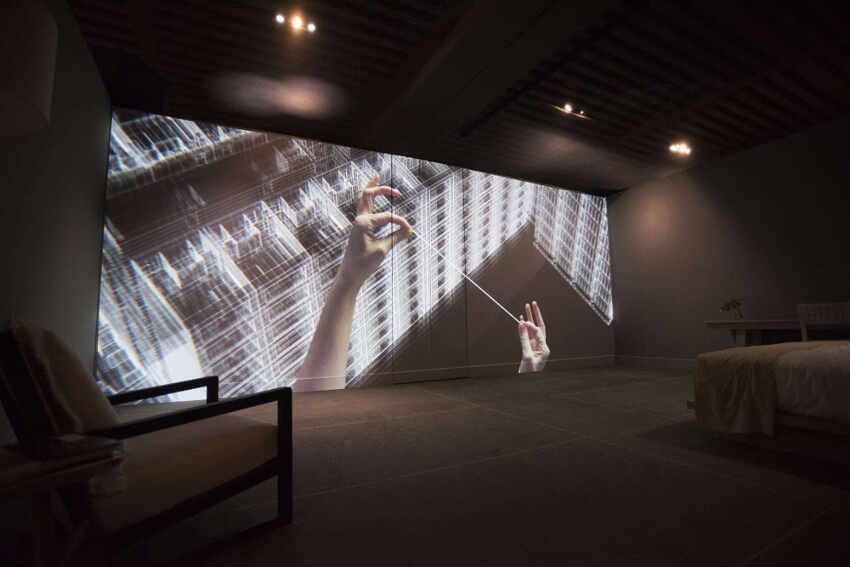 Es Devlin - Room 202 (detail), Art Basel Miami 2017, © Es Devlin, via the artist's website
Es Devlin - Room 202 (detail), Art Basel Miami 2017, © Es Devlin, via the artist's website
Maze of Memories
The curtains open wide and viewers realized what they thought was a window is actually a screen. A video plays, showing a diagram of a hotel, which morphs into a 3-D model—a preview of the rest of the installation. Then a door opens and the spectators are invited to enter the work. The walk through the door and find themselves inside of a perfectly lifelike hotel corridor with doors leading to other rooms. They are encouraged to explore the rooms. Some doors open, others are locked. Inside each awaits unique experiential phenomena. If a viewer comes on another day, different rooms will be unlocked. The same experience cannot be had twice.
Throughout the voyage through the installation, voices are heard—the imagined sounds of previous inhabitants of this imaginary hotel. Finally, viewers arrive at a large, open room with a floor-to-ceiling, curved video screen designed to emulate a zoetrope—that nearly 200-year old, circular predecessor to the movie projector. The screen plays a visual representation of the memories of the hotel, what Devlin describes as, “every snatch of life that the hotel can remember…allowed to gallop in a looped cycle around you.” After the zoetrope, viewers enter a mirrored maze, where every surface reflects their own image along with that of all of the other guests. They fumble through the maze in a state of partial dream, partial nightmare, without any reference point or sense of where they are, or where they are going.
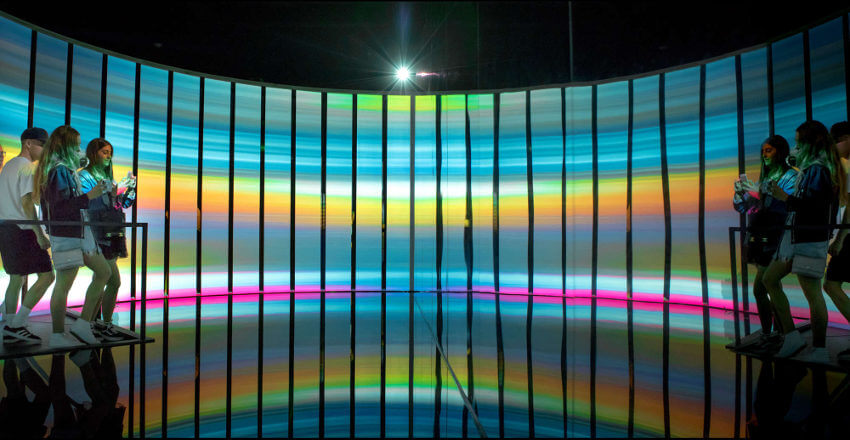 Es Devlin - Room 202 (detail), Art Basel Miami 2017, © Es Devlin, via the artist's website
Es Devlin - Room 202 (detail), Art Basel Miami 2017, © Es Devlin, via the artist's website
Surrealist Space
Thinking of Room 2022, I recall a couple of years ago the Salvador Dali Museum in St. Petersburg, Florida, created a 3-D animation of a Dali painting. It gave viewers the sensation they had entered the painting and could look around in the eerie, activated dream space. Devlin has taken that concept to the next level. She custom built a four-dimensional Surrealist space that communicates her own sense of disorientation from traveling the world, never knowing where she is, never knowing where to anchor herself, never being able to place her sense of self within her sense of time and place.
What is particularly refreshing about the work is that is offers what virtual reality art pretends to offer. It has become a fad at art fairs to be invited to don a VR headset that tricks your brain into believing it is “inside an artwork.” Rather than bothering with such a gimmick, Devlin gave us the real thing. She proved actual reality can be more mind-blowing than virtual reality. She used her experience and skill, pooling the power of contemporary technology to offer spectators a chance to travel through imaginary space and time. In doing so, she created the most ambitious and memorable work of installation art in a long time. And yes, perhaps the only quantifiable difference between Room 2022 and the numerous other important installations I have seen in the past is its scale and expense. But in this case, that is enough.
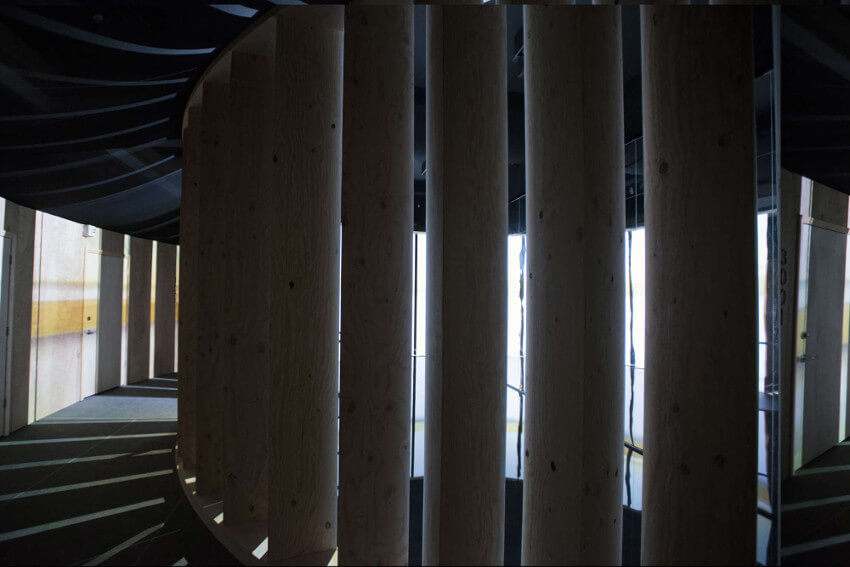 Es Devlin - Room 202 (detail), Art Basel Miami 2017, © Es Devlin, via the artist's website
Es Devlin - Room 202 (detail), Art Basel Miami 2017, © Es Devlin, via the artist's website
Featured image: Es Devlin - Room 202 (detail), Art Basel Miami 2017, © Es Devlin, via the artist's website
All images useed for illustrative purposes only
By Phillip Barcio
